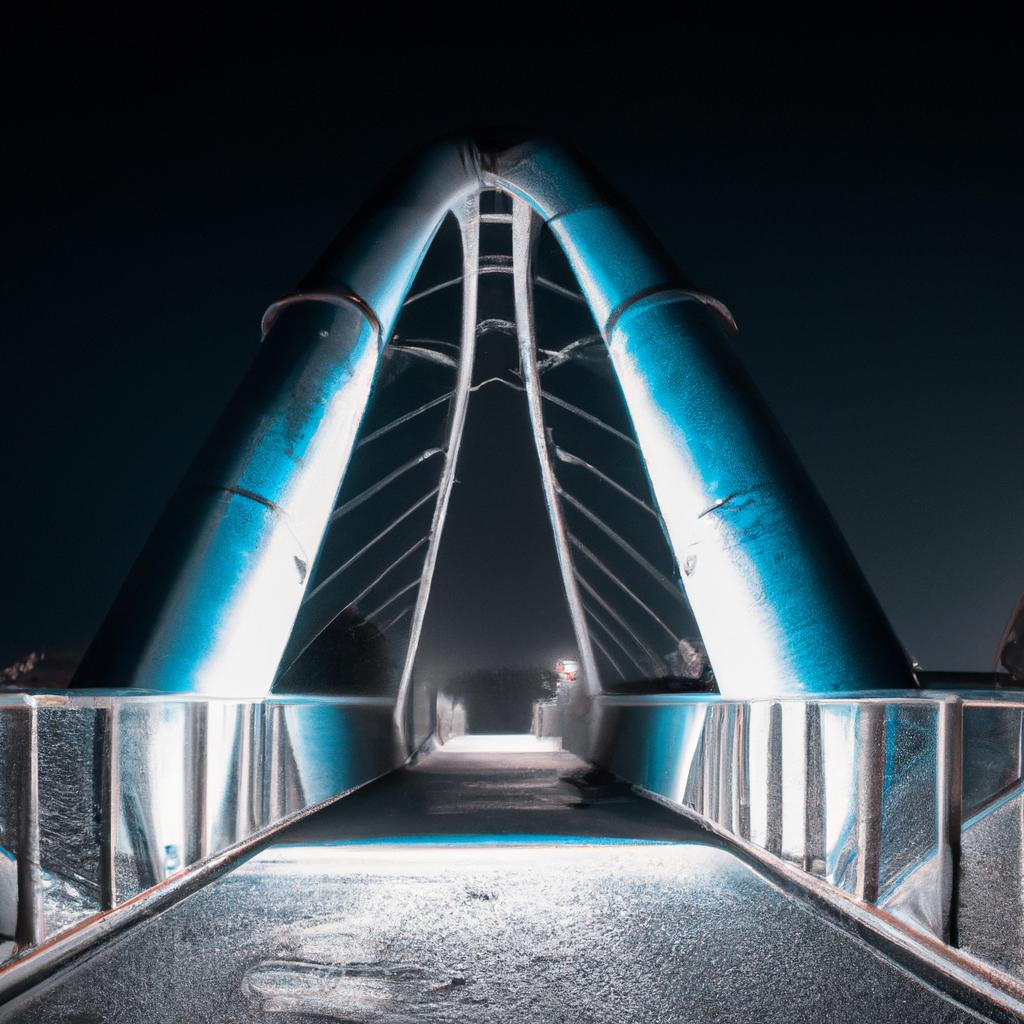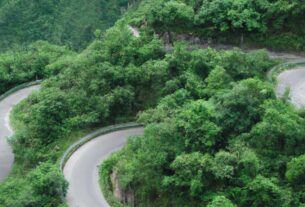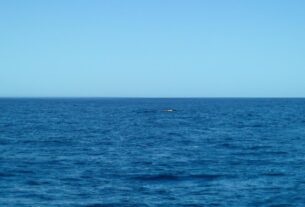Japan has long been renowned for its technological advancements and innovative spirit, and its infrastructure development is no exception. The country boasts one of the most efficient and reliable transportation systems in the world, with bridges playing a crucial role in connecting cities and facilitating the movement of goods and people. In this article, we will explore the significance of bridges in Japan’s transportation system, with a particular focus on Japan’s biggest bridge: the Akashi Kaikyo Bridge.
The History of Bridge Construction in Japan
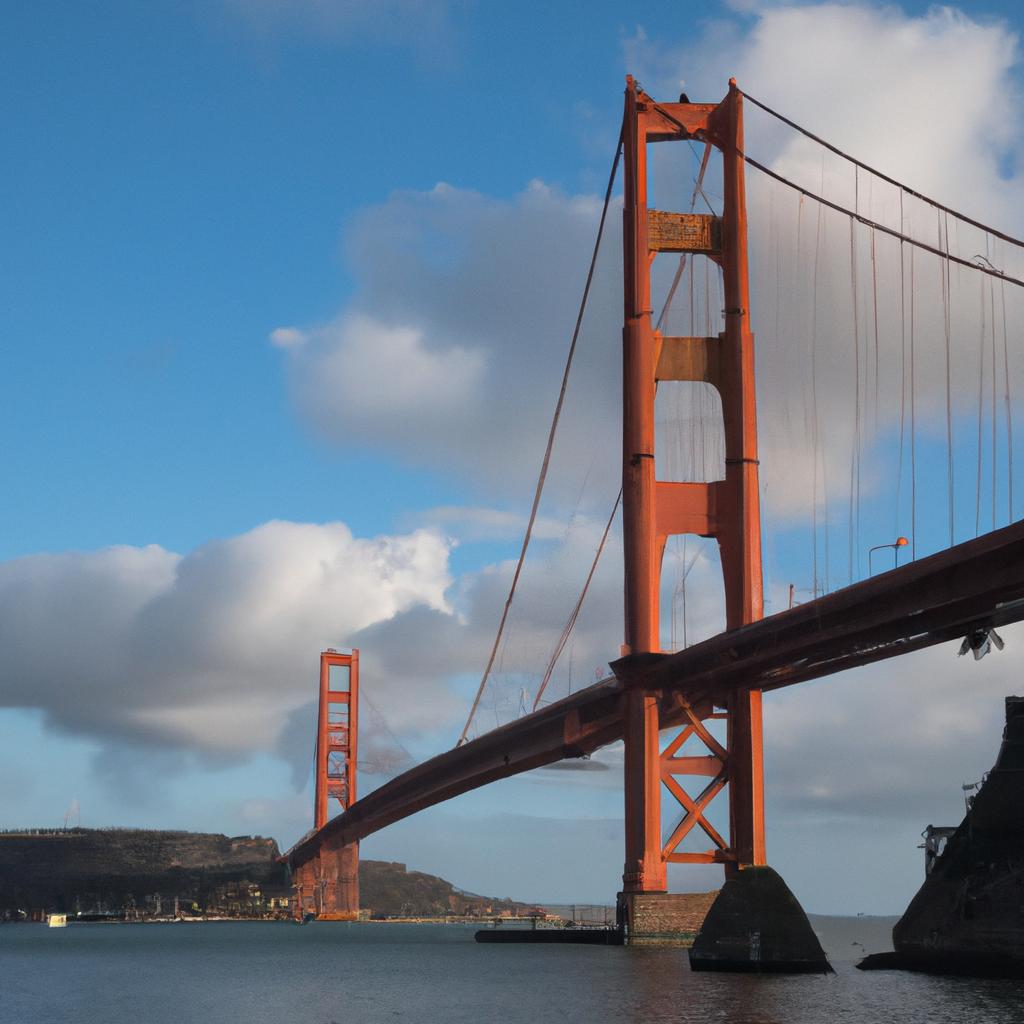
The Akashi Kaikyo Bridge, the longest suspension bridge in the world
Bridges have been a vital part of Japan’s infrastructure development for centuries, with early wooden bridges dating back to the 7th century. These bridges were constructed to facilitate the movement of people and goods across rivers and other bodies of water. Although many of these early wooden bridges were destroyed by natural disasters, they served as the foundation for the development of modern bridges in Japan.
Japan’s modern bridge-building era began in the late 19th and early 20th centuries, during a period of rapid industrialization and modernization. Recognizing the importance of infrastructure development, the Meiji government invested in the construction of modern bridges. This led to the development of new techniques and materials, such as steel and concrete, enabling the construction of larger and more durable bridges.
Significance of Bridges in Japanese Culture
Bridges hold a significant place in Japanese culture and literature, often serving as symbols of history, tradition, and beauty. One famous example is the wooden bridge in the garden of the Katsura Imperial Villa in Kyoto, which has been immortalized in Japanese literature and art. Bridges also feature prominently in Japanese mythology, with tales of crossing bridges serving as metaphors for life’s challenges and trials.
The Akashi Kaikyo Bridge
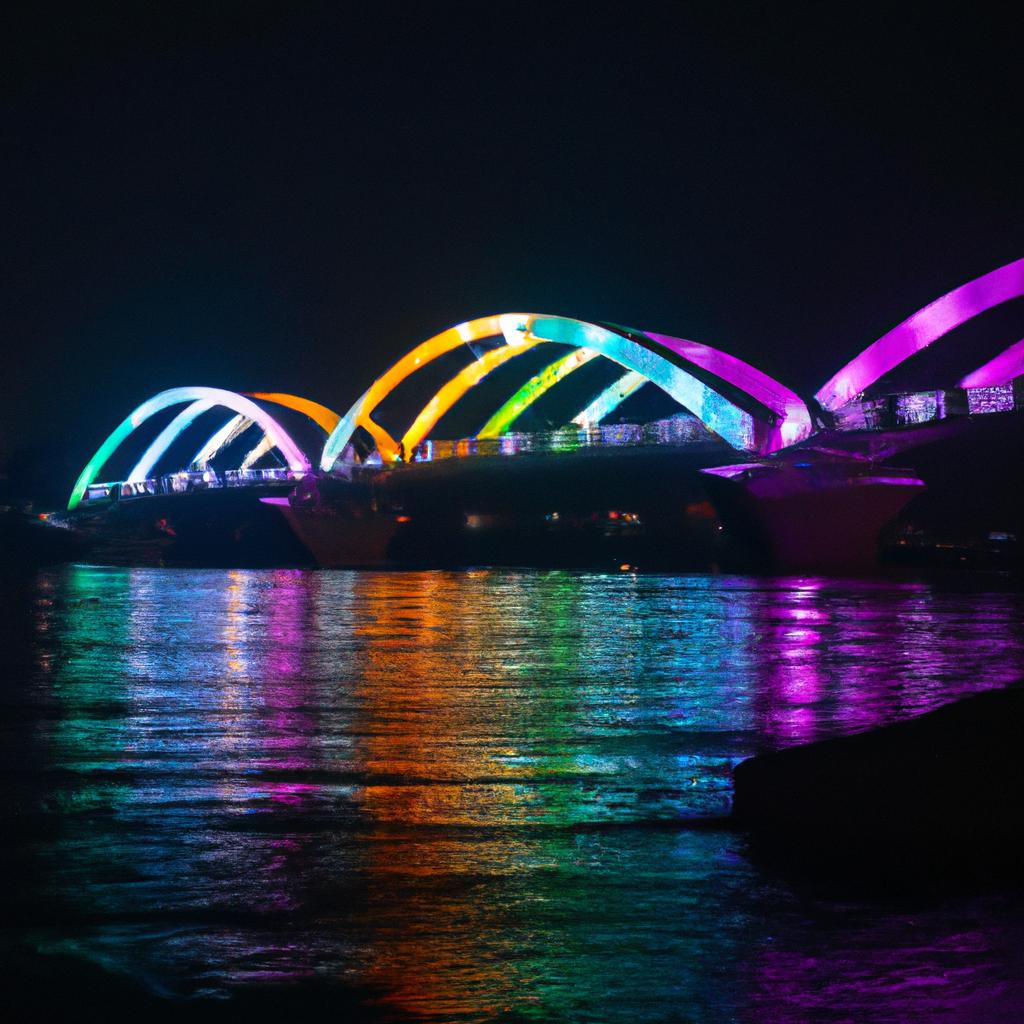
The Rainbow Bridge in Tokyo, Japan
The Akashi Kaikyo Bridge, located in Hyogo Prefecture, is a true marvel of engineering and technology. It holds the title of the longest suspension bridge in the world, spanning the Akashi Strait and connecting the city of Kobe to Awaji Island. The bridge’s total length is an astounding 3,911 meters, and it was completed in 1998 after a decade of construction. Since then, it has become an iconic symbol of Japan, attracting millions of tourists from around the globe.
The Akashi Kaikyo Bridge is not only an engineering masterpiece but also a vital link in Japan’s economy and transportation system. It seamlessly connects the mainland to Awaji Island, facilitating the movement of goods and people and integrating the region with the rest of Japan. Furthermore, the bridge symbolizes Japan’s technological prowess and innovation, inspiring awe and admiration from visitors worldwide.
Other Notable Bridges in Japan
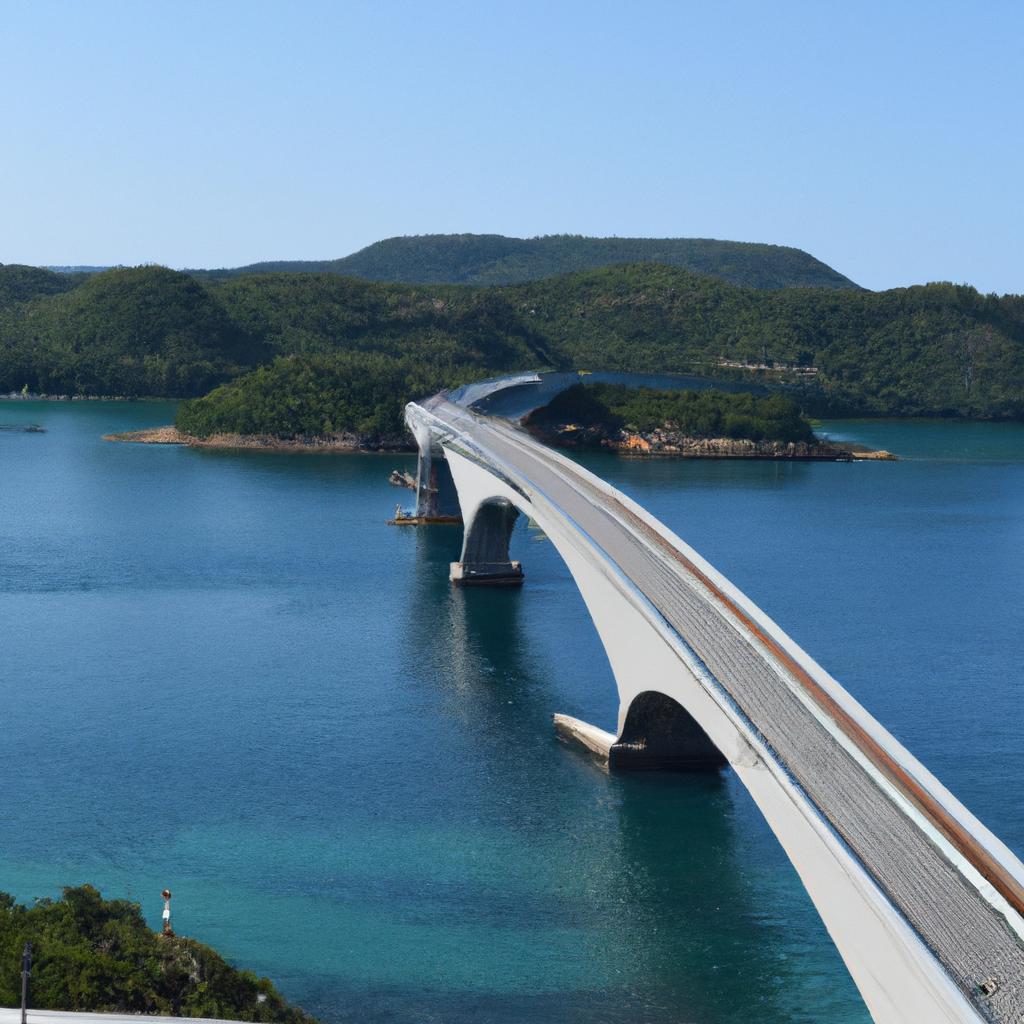
The Seto Ohashi Bridge in Japan
While the Akashi Kaikyo Bridge stands as Japan’s largest and most iconic bridge, there are several other notable bridges worth mentioning. Each of these bridges represents an incredible feat of engineering and technology and has played a crucial role in Japan’s transportation system.
One such bridge is the Seto Ohashi Bridge, a series of six bridges spanning the Seto Inland Sea and connecting the islands of Honshu and Shikoku. With a total length of 13.1 kilometers, it is one of the longest bridge systems in the world. Another notable example is the Yokohama Bay Bridge, which spans Yokohama Bay and connects the cities of Yokohama and Tokyo. Although relatively short at 860 meters, the bridge’s unique design and stunning views make it a popular destination for locals and tourists alike. Additionally, the Rainbow Bridge in Tokyo is a suspension bridge that spans Tokyo Bay, known for its captivating nighttime illumination.
The Future of Bridge Construction in Japan
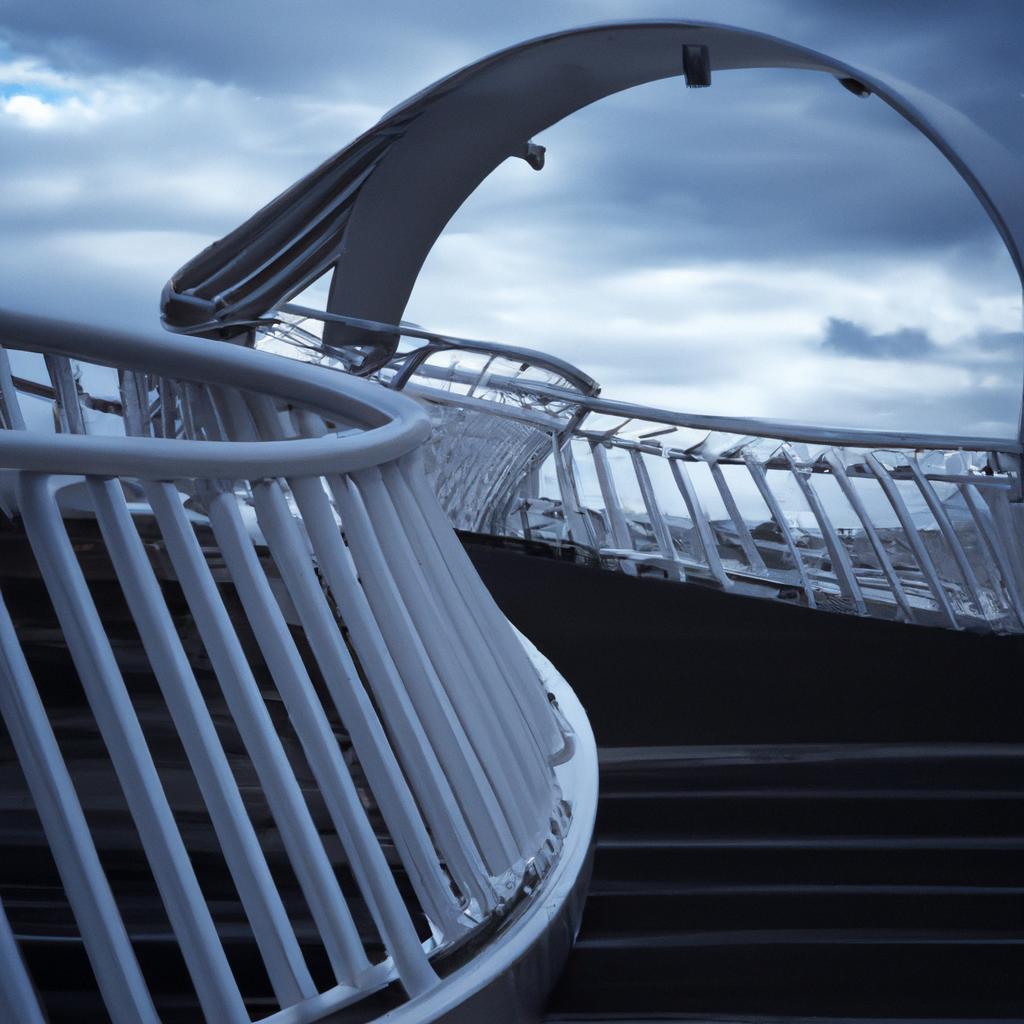
The Tsukiji Spiral Bridge in Tokyo, Japan
Japan’s commitment to infrastructure development remains unwavering, promising an exciting future for bridge construction in the country. Several planned bridge projects, combined with ongoing technological advancements and innovations, pave the way for incredible opportunities and challenges.
One of the most significant projects currently underway is the Shimotsui-Seto Bridge, set to become the world’s longest cable-stayed bridge, connecting Okayama Prefecture to Kagawa Prefecture. Another noteworthy project is the construction of the Tsugaru Strait Tunnel, which will be the longest and deepest undersea tunnel globally, linking Honshu to Hokkaido.
Technological advancements continue to drive the future of bridge construction in Japan. Innovations in materials science, computer modeling, and simulation have allowed engineers to design and test bridges more efficiently and accurately. Despite challenges such as maintaining and repairing aging infrastructure and accounting for Japan’s rugged terrain and earthquakes, bridge construction in Japan offers significant opportunities for economic and social development.
In conclusion, Japan’s bridges stand as testaments to the country’s technological innovation and engineering prowess. From early wooden bridges to modern marvels like the Akashi Kaikyo Bridge, these structures have played vital roles in Japan’s economic and social development. As Japan continues leading the way in infrastructure development, the future of its bridges is sure to be bright.
At TooLacks, we are dedicated to bringing you the latest news and information about all aspects of nature, gardening, and animals. Follow TooLacks to stay up to date with the latest developments in Japan’s infrastructure and more.
Sources:
